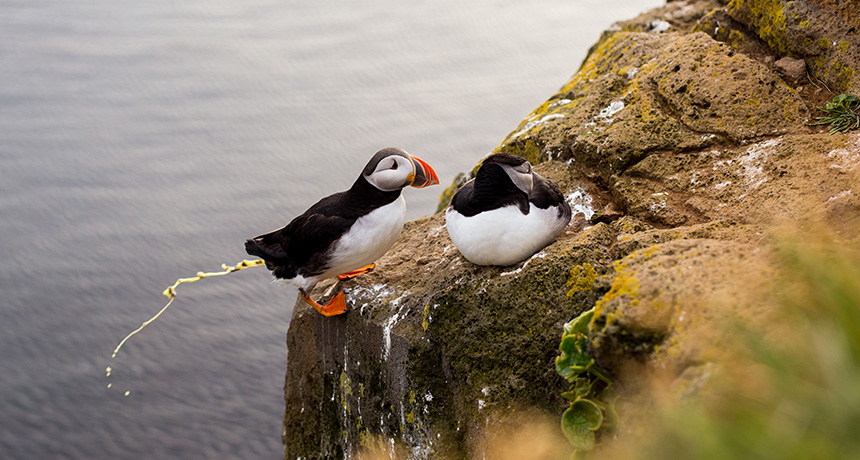
FRIGID FECES The poop left behind by the tens of millions of seabirds that flock to the Arctic each year helps cool the region’s climate, new research suggests.
Ale_Koziura/Shutterstock

FRIGID FECES The poop left behind by the tens of millions of seabirds that flock to the Arctic each year helps cool the region’s climate, new research suggests.
Ale_Koziura/Shutterstock